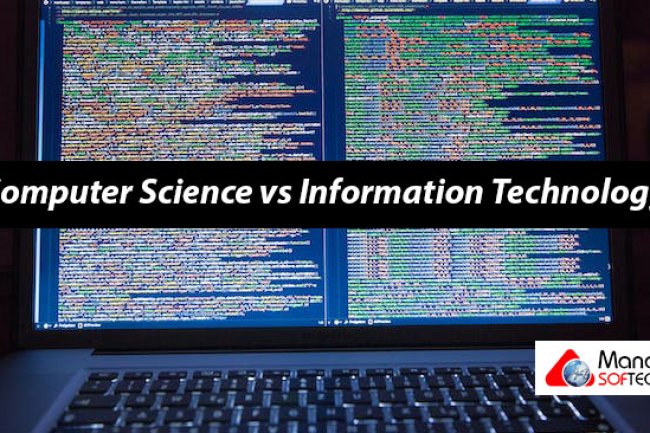Navigating the Evolution of IT Outsourcing: Trends and Considerations

In the dynamic landscape of technology, the practice of IT outsourcing has undergone a remarkable evolution. Once viewed primarily as a cost-saving measure, outsourcing IT services has transformed into a strategic imperative for businesses seeking to stay competitive in a rapidly changing digital world. In this blog post, we explore the evolving trends and key considerations shaping the landscape of IT outsourcing today.
From Cost-Cutting to Strategic Partnership
Traditionally, businesses turned to outsourcing to reduce operational expenses. However, the focus has shifted from mere cost-cutting to strategic partnerships aimed at driving innovation, accessing specialized expertise, and accelerating time-to-market. Today, organizations leverage outsourcing to augment their internal capabilities, gain access to global talent pools, and remain agile in an increasingly complex technological environment.
Rise of Managed Services and Cloud Computing
The proliferation of cloud computing has revolutionized the way IT services are delivered and consumed. Managed services, including Infrastructure as a Service (IaaS), Platform as a Service (PaaS), and Software as a Service (SaaS), have become increasingly popular outsourcing options. These solutions offer scalability, flexibility, and cost-effectiveness, allowing businesses to focus on core competencies while outsourcing non-core functions to specialized providers.
Embracing Digital Transformation
In an era defined by digital transformation, outsourcing plays a pivotal role in helping organizations adapt to evolving technological trends. From AI and machine learning to IoT and blockchain, outsourcing partners bring expertise in cutting-edge technologies that enable businesses to innovate and stay ahead of the curve. Strategic collaboration with outsourcing providers facilitates the integration of digital solutions, enhances operational efficiency, and drives competitive advantage.
Focus on Security and Compliance
With the growing prevalence of cybersecurity threats and stringent regulatory requirements, security and compliance have emerged as top priorities in IT outsourcing. Businesses are increasingly scrutinizing the security protocols and compliance standards of outsourcing partners to safeguard sensitive data and mitigate risks. Robust security measures, regulatory compliance frameworks, and transparent communication are essential components of successful outsourcing engagements.
Hybrid and Multi-Sourcing Models
To meet diverse business needs and optimize resource utilization, organizations are adopting hybrid and multi-sourcing models. These approaches involve a combination of in-house resources, multiple outsourcing vendors, and cloud-based solutions tailored to specific requirements. By leveraging the strengths of different providers and maintaining flexibility in sourcing arrangements, businesses can achieve greater agility, resilience, and innovation.
The evolution of IT outsourcing reflects the shifting dynamics of the digital landscape, from cost-centric to strategic collaboration, from traditional to innovative solutions. As businesses navigate this evolving terrain, it is essential to consider emerging trends and key considerations to maximize the value derived from outsourcing partnerships. By embracing digital transformation, prioritizing security and compliance, and adopting flexible sourcing models, organizations can leverage outsourcing to drive innovation, accelerate growth, and achieve sustainable competitive advantage in today's fast-paced world.
What's Your Reaction?















